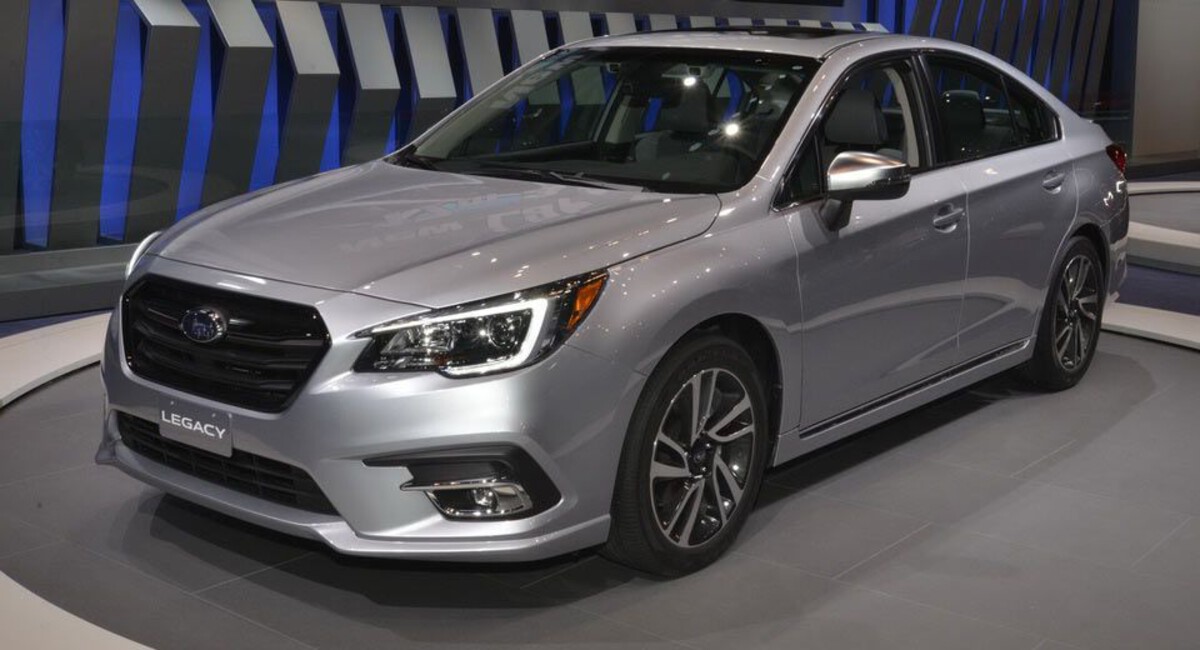In the world of automotive engineering, few debates stir as much passionate discussion as the one between naturally aspirated and turbocharged gas engines. For years, naturally aspirated engines—those that rely purely on atmospheric pressure to draw in air—were the default choice for most automakers.
They were known for their mechanical simplicity, linear throttle response, and a time-tested reputation for durability. Turbocharged engines, once confined to high-performance vehicles or niche markets, were seen as more complex, temperamental, and maintenance-intensive. But the last two decades have completely reshaped that landscape.
Today, turbocharging is everywhere. From compact sedans and SUVs to trucks and luxury flagships, turbocharged engines have become the go-to strategy for balancing performance with fuel economy and emissions compliance.
The trend is unmistakable: automakers are downsizing engine displacement while adding forced induction to meet increasingly strict environmental regulations without sacrificing output.
On the surface, this sounds like a win-win—more power and better fuel economy in a smaller, more efficient package. But as is often the case with engineering compromises, the long-term consequences are where the real story begins.
For many consumers, a car engine isn’t just about power; it’s about reliability, longevity, and peace of mind. That’s where naturally aspirated engines still hold a powerful legacy. These engines often have fewer moving parts, less internal pressure, and fewer systems that can fail.
They’re also easier to work on for DIYers and tend to be more forgiving when it comes to irregular maintenance or rough driving habits. This is especially true in workhorse vehicles—trucks, body-on-frame SUVs, or older family sedans—where bulletproof reliability can be more important than cutting-edge tech or acceleration times.
Yet, the truth is more nuanced. Not every naturally aspirated engine is a rock-solid, high-mileage champion, just as not every turbo engine is a ticking time bomb. Some of today’s best turbocharged engines have begun to surpass their naturally aspirated predecessors in both durability and refinement.
At the same time, many older NA engines, once considered dependable, have started showing their age, prone to oil consumption, poor emissions performance, or designs that simply haven’t aged well in the context of modern driving demands.
This tension between expectation and reality is what inspired this article. We’re diving into two lists: five naturally aspirated gas engines that outlast their turbocharged versions, and five naturally aspirated engines that fade fast compared to the turbo options that replaced or accompanied them. Each of these examples represents a real-world case study of how engineering decisions affect long-term ownership.
Some of these NA engines have become legendary for crossing the 200,000-mile mark with ease, enduring abuse, and outlasting more complex turbocharged versions riddled with cooling issues, high oil temps, or fragile components.
Others, by contrast, have struggled with design flaws or performance limitations, only to be thoroughly eclipsed by smarter, more robust turbocharged successors.
We’ll look at engines from Toyota, Honda, Subaru, BMW, Ford, Hyundai, Volkswagen, Mazda, Chevrolet, and more. These aren’t theoretical comparisons from spec sheets—they’re drawn from real-world data, enthusiast communities, mechanic reports, and owner experiences.
Whether you’re shopping for a used car, planning a long-term build, or just want to understand what makes one engine outlast another, these case studies will give you an honest look under the hood.
It’s also worth noting that longevity isn’t always about pure engine design. It’s influenced by how a vehicle is driven, how it’s maintained, where it’s driven, and even how the ECU is programmed to balance performance and stress.
Some turbocharged engines are perfectly capable of lasting as long as their NA cousins when properly maintained, and some NA engines have turned out to be shockingly fragile or poorly supported by the vehicles they were placed in. This variability is what makes this conversation so interesting—and so important.
At the end of the day, there’s no one-size-fits-all answer. Some drivers will always prefer the direct, high-revving nature of a naturally aspirated engine. Others will chase the torque-rich power delivery of a well-tuned turbo.
But for those of us looking to make smart, informed decisions about long-term ownership—whether that’s avoiding known headaches or hunting down a bulletproof powerplant—the details matter. Knowing which engines hold up and which ones don’t can save you thousands of dollars, months of frustration, and years of regret.
So, let’s get into it. Below, you’ll find the five gas engines that consistently outlast their turbocharged versions—built to endure, easy to live with, and legendary for their reliability. Then we’ll look at five that fall short, proving that not all naturally aspirated engines are created equal—and sometimes, that little turbo under the hood is worth it.
ALSO READ: 5 Daily Drivers That Clock 300,000 Miles Without Drama and 5 That Constantly Need Fixes
5 Gas Engines That Outlast Their Turbo Versions
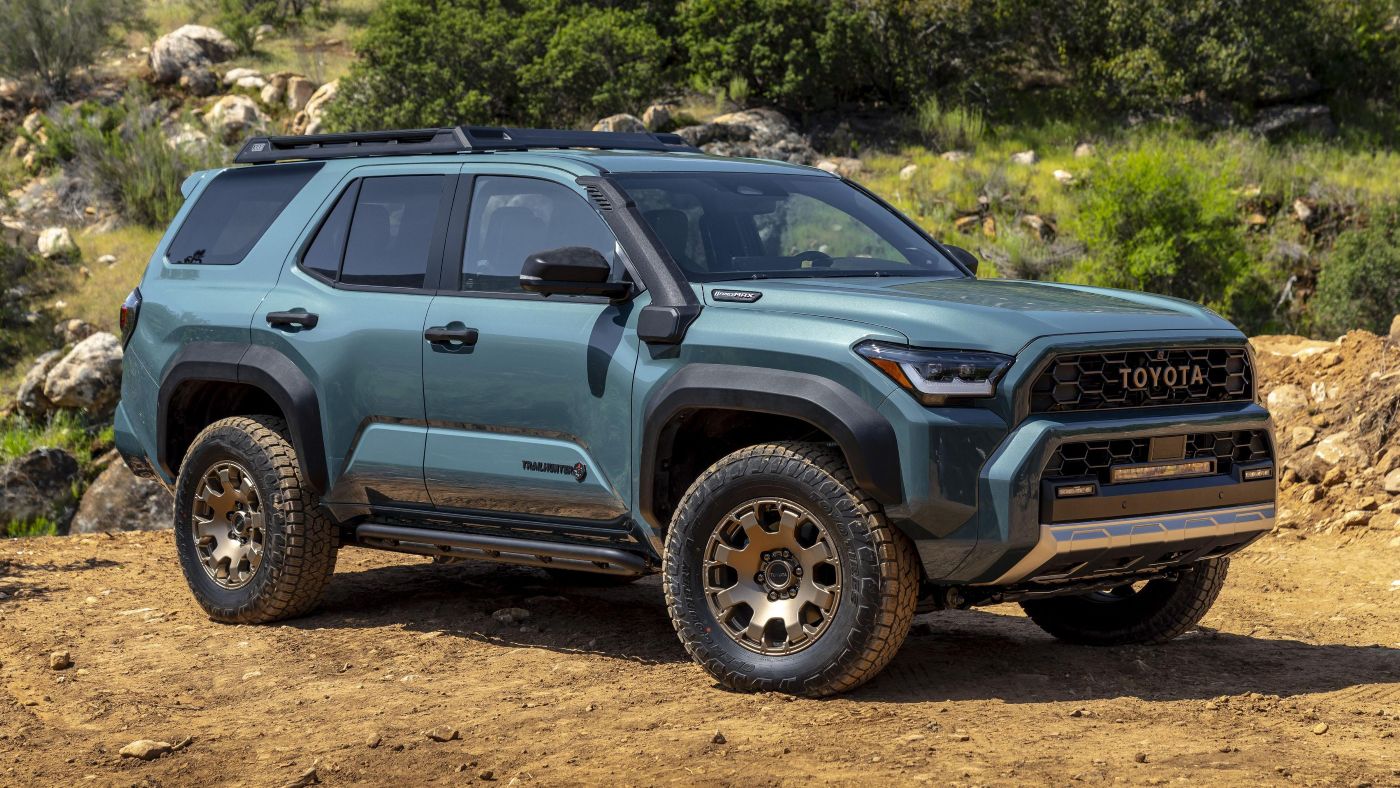
1. Toyota 1GR-FE vs. Turbocharged V6 Variants
The Toyota 1GR-FE is part of Toyota’s GR family of V6 engines and represents one of the most enduring naturally aspirated gas engines in the modern era. Introduced in the early 2000s and featured in vehicles such as the Toyota Tacoma, 4Runner, FJ Cruiser, and Land Cruiser Prado, the 1GR-FE is a 4.0-liter V6 with an aluminum block and DOHC design.
It utilizes VVT-i (Variable Valve Timing with intelligence) and has proven to be incredibly reliable in diverse conditions, from rugged off-road terrain to long-haul highway duty.
One of the hallmarks of this engine’s longevity is its relatively simple construction. It doesn’t rely on forced induction, high compression, or overly complex emissions systems, allowing it to run with minimal stress even under heavy loads.
Owners of vehicles equipped with the 1GR-FE routinely report crossing the 300,000-mile threshold with nothing more than routine oil changes, coolant flushes, and basic belt replacements.
Its reputation for durability has made it a favorite among overlanders, fleet users, and reliability-focused buyers alike. In markets like Australia, Africa, and the Middle East—where failure can mean more than just inconvenience—this engine is particularly trusted.
The 1GR-FE’s ability to run on lower-octane fuel and tolerate harsh climates only adds to its appeal. This engine is also relatively easy to service, thanks to its conventional design and generous engine bay space in most applications.
Compare that to newer Toyota turbocharged V6 engines like the V35A-FTS, a twin-turbo 3.5-liter used in newer Lexus models and the Toyota Tundra. The V35A is technologically impressive—it makes more horsepower and torque, features direct injection, and gets better fuel economy.
But it’s also burdened with complexity. It has two turbos, additional plumbing, intercoolers, and higher internal stress, all of which can contribute to wear and more intensive maintenance over time. While not necessarily unreliable, its long-term durability has yet to be proven in high-mileage real-world use.
And unlike the 1GR-FE, the V35A doesn’t take kindly to neglect or abuse. For those who prioritize reliability and longevity over performance or efficiency, the naturally aspirated 1GR-FE stands as a clear winner.
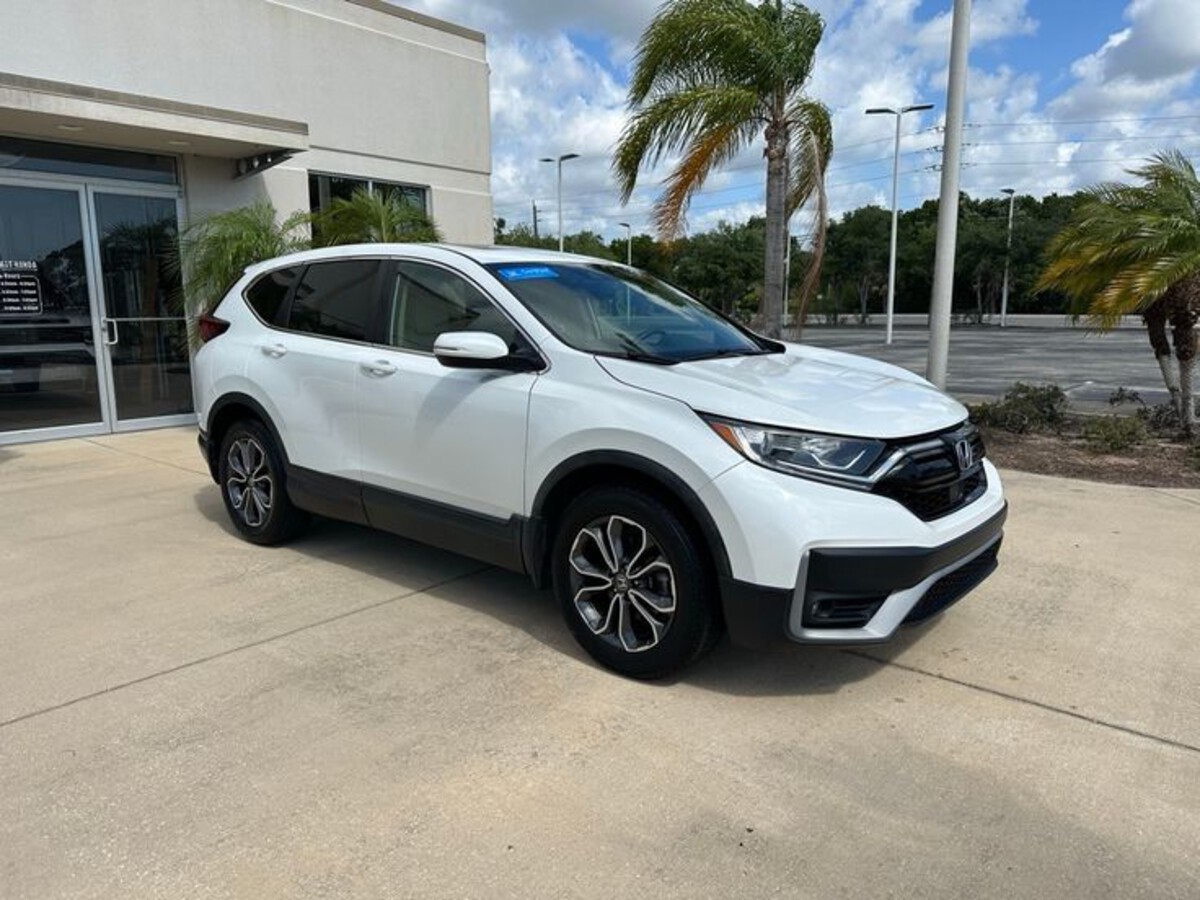
2. Honda K24 (K24A/K24Z) vs. 1.5L Turbo (L15B7)
Honda’s K24 series, particularly the K24A and K24Z, is widely celebrated in both enthusiast and commuter circles for its balance of reliability, simplicity, and respectable performance. These engines have powered millions of Accords, CR-Vs, Elements, and even some Acura models, and they represent the pinnacle of Honda’s naturally aspirated four-cylinder engine design.
The K24 offers a broad torque curve, a sturdy bottom end, and intelligent engineering choices like an iron-sleeved aluminum block, chain-driven cams, and conservative redlines, which all contribute to its long lifespan. Additionally, the K24 is often praised for its ease of maintenance, with accessible components and minimal need for internal servicing.
Real-world mileage data shows many K24-equipped Hondas crossing the 300,000-mile mark with only minor issues—often just wear-and-tear items like water pumps or valve cover gaskets. It’s not uncommon to find first-generation CR-Vs or Accords with well over 200,000 miles on the original engine.
This level of endurance is due in part to Honda’s high manufacturing tolerances and in part to the engine’s lack of high-pressure stress. It runs at modest compression, uses well-understood port injection, and isn’t pushed to the edge of its engineering limits. Even when drivers push the K24 hard, it responds with loyalty.
Enter the L15B7, Honda’s newer 1.5-liter turbocharged engine, now found in newer Civics, CR-Vs, and Accords. On paper, the L15B7 is a marvel—it provides excellent torque for its size, improves fuel economy, and meets modern emissions standards. However, real-world use has exposed several problems.
Chief among them is the notorious oil dilution issue, where gasoline seeps into the oil during short trips or in cold climates, potentially leading to long-term wear and reduced engine life.
While Honda addressed the issue with software updates and design tweaks, the damage to trust has already been done. Moreover, the L15B7 operates at much higher internal pressures than the K24, meaning the potential for accelerated component fatigue is higher.
In sum, while the L15B7 is an impressive evolution in terms of efficiency and performance, it doesn’t match the bulletproof simplicity of the K24. For long-term ownership without stress, the naturally aspirated K24 remains the clear champion, especially for those who value longevity over performance enhancements.
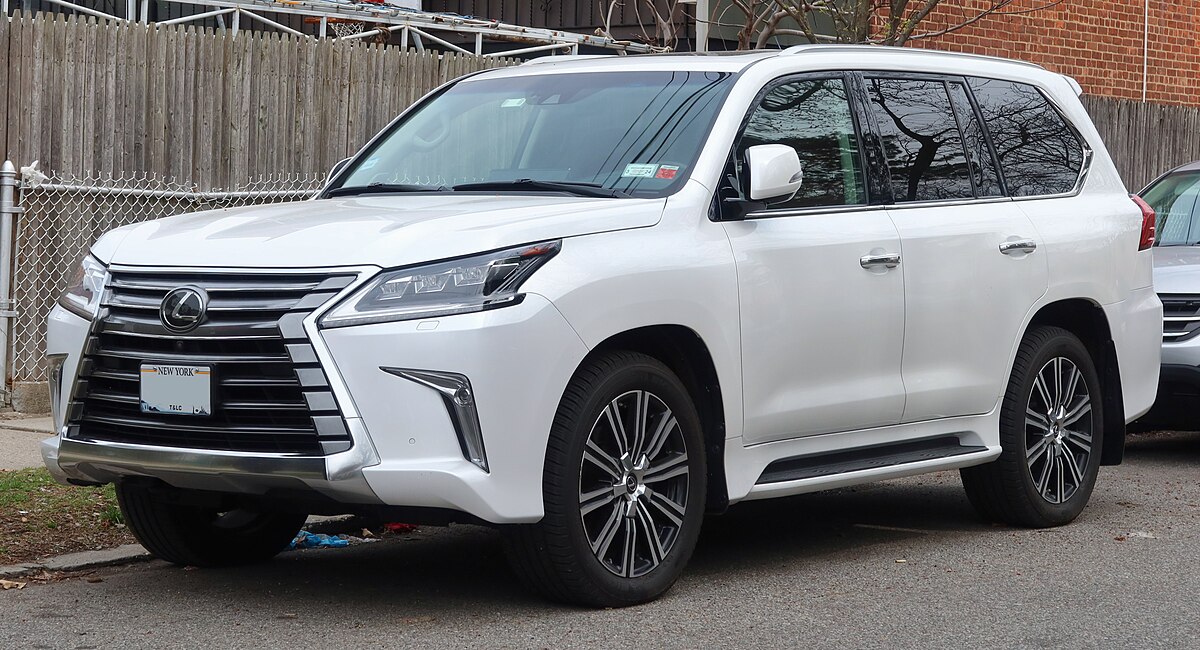
3. Toyota 2UZ-FE vs. 3.5L Twin-Turbo V6
The Toyota 2UZ-FE is a true legend among naturally aspirated engines, and it’s often considered the gold standard for durability and ruggedness. As part of Toyota’s UZ engine family, the 2UZ-FE is a 4.7-liter V8 that was used extensively in vehicles like the Toyota Land Cruiser, Sequoia, Tundra, and Lexus LX 470.
This engine features a cast-iron block (in most versions), aluminum heads, and a long-stroke design that prioritizes torque and reliability over high-revving performance. It’s old-school in many ways—simple port injection, modest compression, and overbuilt internals—but those qualities have allowed it to build a reputation as one of the most reliable gas engines ever made.
It’s not uncommon to find 2UZ-FE engines with more than 400,000 miles still running smoothly, particularly when routine maintenance is followed. These engines are known for running cool, resisting overheating, and being surprisingly easy to work on despite their size.
The use of a timing belt rather than a chain may seem outdated, but it contributes to a quieter engine and easier scheduled maintenance. Additionally, the 2UZ-FE is well-suited for towing, off-roading, and heavy loads—situations that would stress a smaller turbocharged engine far more.
This engine’s real-world reliability in harsh environments has made it a favorite among off-road enthusiasts and international markets where long-term serviceability is critical.
The newer replacement for this engine in models like the 2022+ Tundra and Sequoia is the 3.5-liter twin-turbo V6, a downsized but technologically advanced powerplant. While it offers better fuel economy and substantially more torque, it also brings complexity.
The new V6 uses twin turbochargers, direct injection, and a hybrid setup in some trims. It’s designed to meet modern emissions standards and consumer demands, but that also means it includes many more failure points. In the long term, turbochargers can wear out, intercoolers can leak, and carbon buildup can become an issue in direct-injection-only systems.
Though the twin-turbo V6 may prove to be reliable in time, it’s hard to imagine it matching the proven 2UZ-FE in terms of absolute longevity and ease of ownership. For those who value tried-and-true engine architecture and decades of real-world data, the naturally aspirated 2UZ-FE remains an unrivaled option.
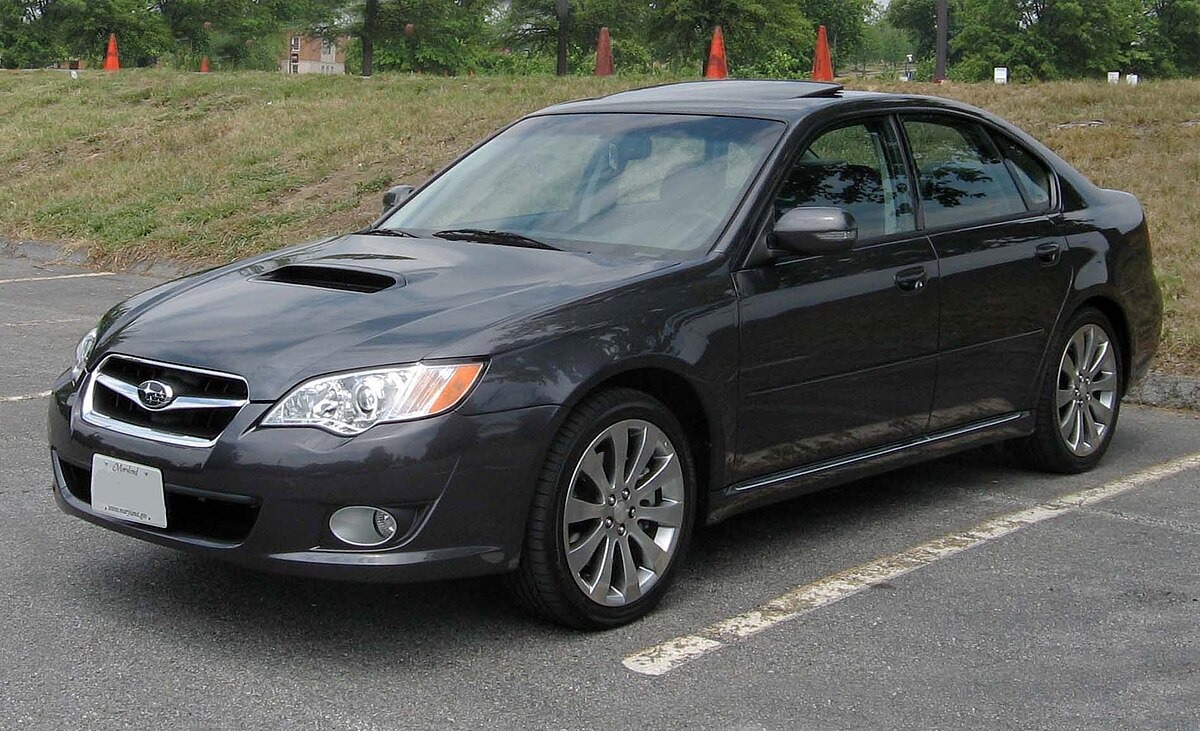
4. Subaru EJ25 vs. FA20 DIT (Turbo)
Subaru’s EJ25, part of the long-running EJ engine family, is a naturally aspirated flat-four that has powered vehicles like the Outback, Legacy, and Forester for decades.
Though the turbocharged versions of the EJ25 have had well-documented issues with head gaskets and ringland failures, the naturally aspirated versions have generally proven to be far more durable and forgiving, especially in the hands of non-aggressive drivers.
The EJ25 is relatively straightforward in its naturally aspirated form—no turbo, minimal stress, and tuned for longevity rather than output. While the EJ25 did suffer from early head gasket issues in the late 1990s and early 2000s, Subaru addressed these with improved gaskets and cooling system upgrades.
Once these fixes were applied, the naturally aspirated EJ25 became a reliable workhorse. With proper care—timing belt changes, coolant flushes, and routine oil changes—these engines can easily surpass 250,000 miles.
Their simplicity also makes them attractive to DIY mechanics, and their mechanical design (such as symmetrical AWD integration) keeps maintenance straightforward. Compared to the turbocharged versions, which often suffer from overheating, oil starvation, and turbocharger wear, the non-turbo EJ25 is far more likely to go the distance.
In contrast, Subaru’s newer FA20 DIT (Direct Injection Turbo) engine, found in the WRX and other performance models, has been met with mixed reliability reports. Though it offers significant power gains and better fuel efficiency than the EJ series, the FA20 DIT brings in new challenges.
The direct injection system is susceptible to carbon buildup, and turbocharged engines are inherently more prone to wear and mechanical stress. Reports of high oil consumption, turbo failure, and rod bearing issues have emerged from long-term owners and performance enthusiasts alike.
While the FA20 DIT is certainly more exciting to drive, it lacks the mechanical simplicity and long-term resilience of its naturally aspirated predecessors. For a daily driver or someone seeking a “buy and hold” vehicle, the naturally aspirated EJ25 is the better long-haul engine—less thrilling, perhaps, but significantly more dependable over time.
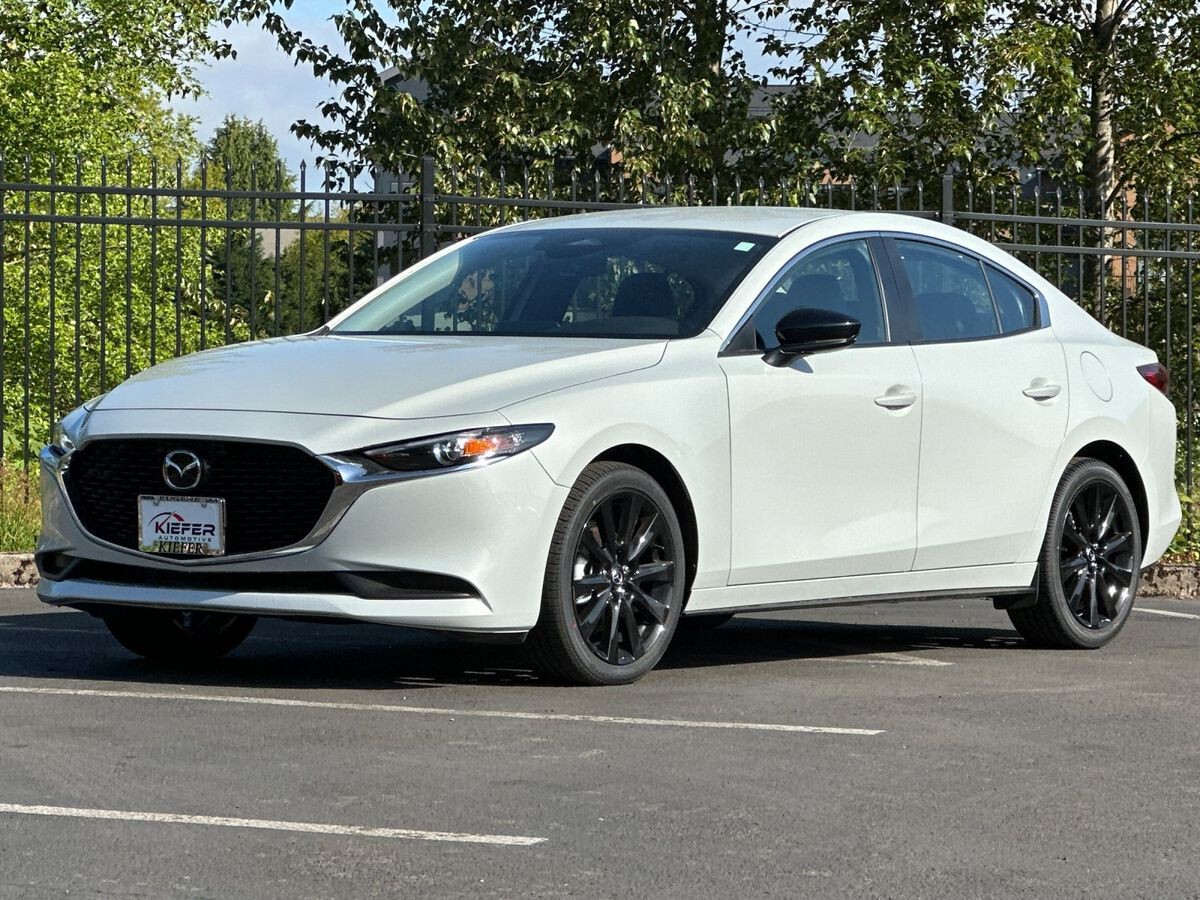
5. Mazda MZR 2.5L vs. SkyActiv-G 2.5T Turbo
Mazda’s MZR 2.5-liter inline-four engine, which appeared in the late 2000s and early 2010s, is a textbook example of a naturally aspirated engine that’s built for the long haul. Found in vehicles like the Mazda6, Mazda3, and CX-7, the MZR 2.5L isn’t flashy—it doesn’t rev to the moon, nor does it deliver thrilling acceleration.
But what it does offer is an ironclad reputation for durability, ease of maintenance, and predictable, consistent performance over the life of the vehicle.
It’s a straightforward DOHC design with an iron block (in early models), aluminum head, and port fuel injection, making it highly resistant to the kinds of carbon buildup that plague direct-injection engines. It also uses a timing chain instead of a belt, reducing maintenance needs significantly.
What makes the MZR 2.5L so endearing to mechanics and owners alike is how tolerant it is of both abuse and neglect. Owners routinely push these engines past 200,000 miles with minimal issues. It doesn’t suffer from major design flaws or chronic component failures, and it rarely demands expensive out-of-warranty repairs.
Even if something does go wrong, replacement parts are widely available and relatively affordable. The engine is also well-matched to manual transmissions in older Mazda models, which further adds to its appeal for those seeking a no-nonsense driving experience that’s inexpensive to keep alive.
Mazda’s newer SkyActiv-G 2.5T engine—available in vehicles like the CX-9, CX-5 Turbo, Mazda6 Turbo, and now the Mazda3 Turbo—certainly represents a technological leap.
With up to 320 lb-ft of torque and refined fuel delivery via direct injection and dynamic pressure turbocharging, it delivers excellent performance and respectable fuel economy. However, that sophistication comes with trade-offs.
The SkyActiv 2.5T runs high cylinder pressures, which increases stress on internal components. It also uses a complex cooling system and integrated exhaust manifold, making repairs more difficult and costly when problems arise.
Direct injection adds efficiency but also introduces the risk of carbon buildup on intake valves, which can lead to performance issues over time unless preventive maintenance like walnut blasting is performed.
While the SkyActiv-G 2.5T hasn’t earned a reputation for being unreliable per se, it simply hasn’t proven itself over the same long mileages as the older MZR engine.
Reports of higher oil consumption, coolant leaks, and early turbo wear have surfaced from some high-mileage owners, suggesting that while the engine performs admirably in its first 100,000 miles, it may not have the same “keep it forever” quality as the naturally aspirated MZR 2.5. For Mazda fans seeking a simpler, longer-lasting powertrain, the MZR 2.5L remains the wise choice.
5 Gas Engines That Fade Fast Compared to Their Turbo Versions
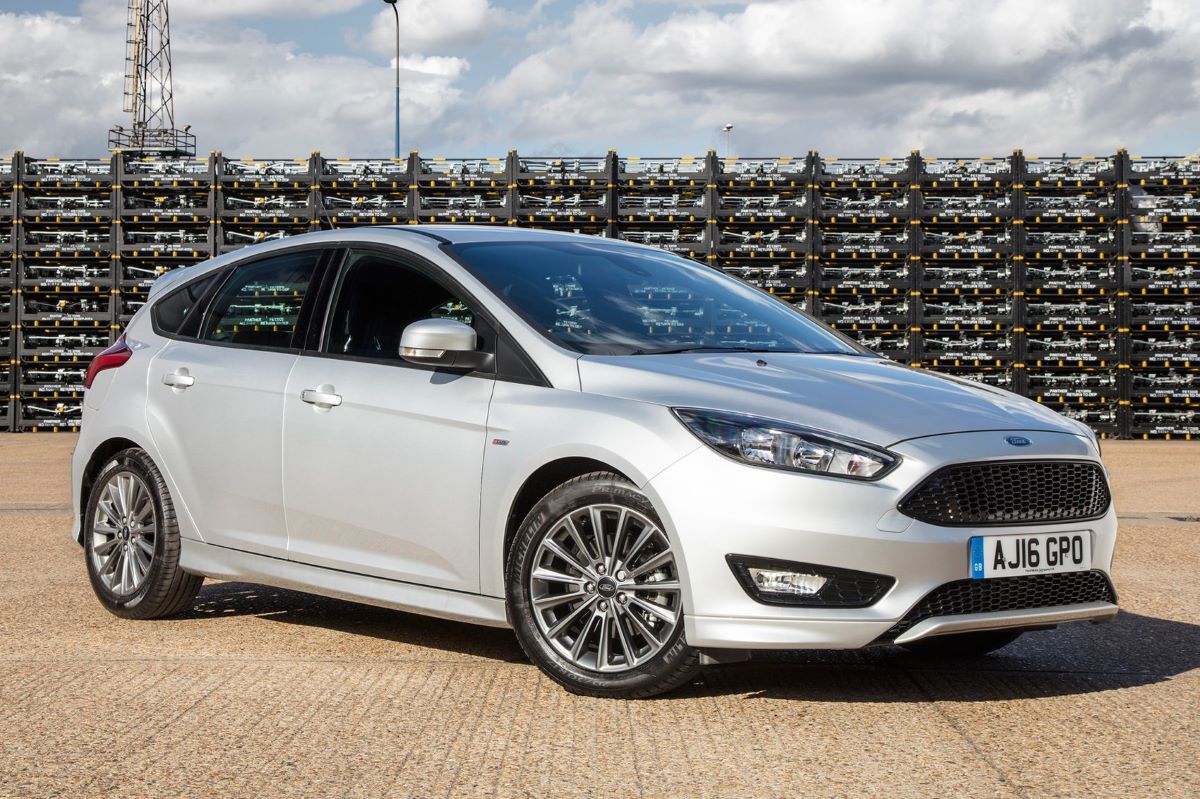
1. Ford 2.5L Duratec I4 vs. 2.0L EcoBoost I4
Ford’s 2.5-liter Duratec inline-four engine was once the go-to powerplant for a wide variety of Ford vehicles, including the Fusion, Escape, and Focus.
It was part of the long-running Duratec family—a naturally aspirated, port-injected four-cylinder design that emphasized reliability and simplicity over advanced performance.
In its prime, the 2.5L was known for being low-maintenance and decently efficient, delivering modest horsepower and acceptable fuel economy. While it wasn’t known for acceleration or driving excitement, it got the job done for daily commuters and fleet users.
However, as consumer expectations evolved and turbocharging became the norm in the 2010s, the limitations of the 2.5L Duratec began to show. It offered limited torque, particularly at low RPMs, making it feel sluggish in larger vehicles or in situations requiring passing power or climbing steep grades.
Its performance was fine on paper, but in real-world conditions—especially when loaded with passengers or cargo—it often felt underpowered and uninspiring.
Additionally, while it was fairly reliable, it didn’t have the same ironclad reputation as some Japanese competitors. Plastic coolant housings, valve cover gasket leaks, and throttle body issues were relatively common after 100,000 miles.
Ford’s response was the 2.0L EcoBoost turbocharged engine, which first debuted in models like the Fusion, Escape, and Edge. Unlike the 2.5L, the 2.0 EcoBoost is a high-output, direct-injected turbocharged engine that delivers far better torque across the rev range and improved fuel efficiency under certain conditions.
Despite being smaller in displacement, the EcoBoost consistently outperforms the Duratec in real-world driving, offering better acceleration, highway passing ability, and overall drivability. And thanks to modern turbocharging technology and careful ECU calibration, the 2.0 EcoBoost manages this without sacrificing refinement.
Critics often raise concerns about the long-term durability of turbocharged engines, and early EcoBoosts did face some growing pains. Issues like carbon buildup and cooling system failures cropped up, especially in earlier generations. However, Ford has continued to refine the EcoBoost platform, addressing many early weaknesses.
Today, well-maintained EcoBoost engines often outlast the older 2.5L Duratec in terms of both performance relevance and practical ownership satisfaction. Many long-time Ford owners report better long-term experiences with the turbocharged version due to fewer transmission stress points and better highway efficiency.
In the battle between Ford’s naturally aspirated workhorse and its modern turbocharged successor, the 2.0L EcoBoost ultimately wins—not just in speed, but in long-term relevance and user satisfaction.
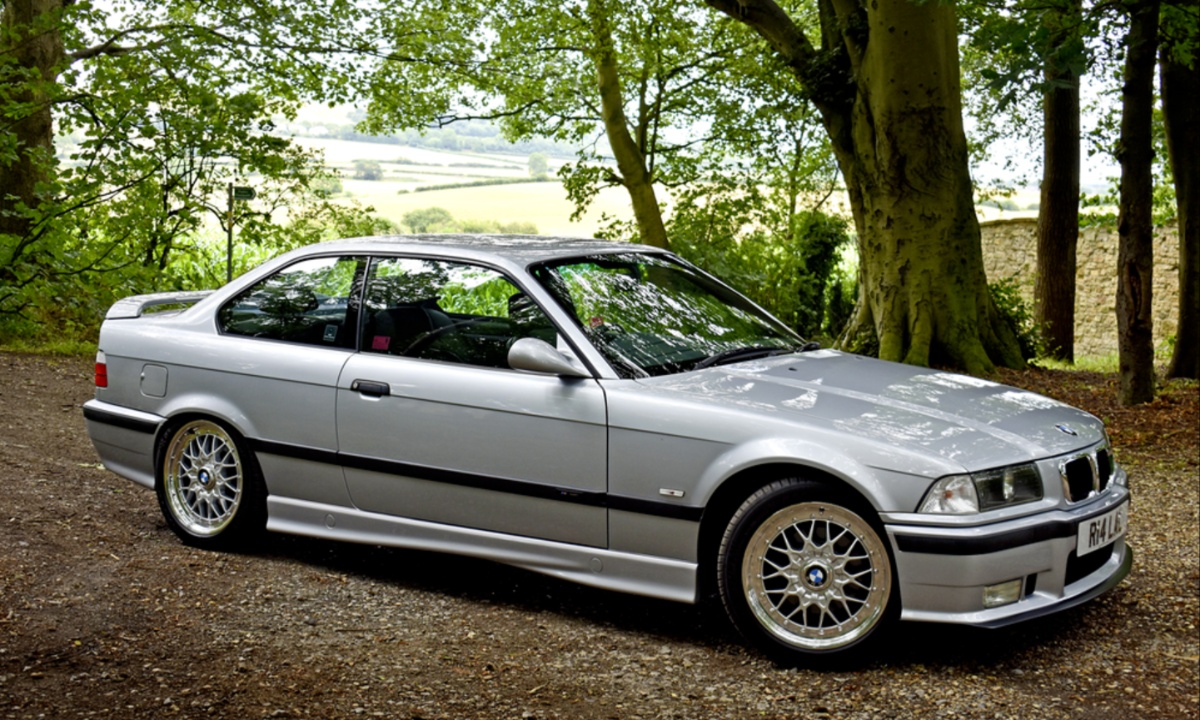
2. BMW N52 vs. N54/N55 Turbocharged Inline-Sixes
BMW’s N52 engine—a naturally aspirated inline-six introduced in the mid-2000s—is beloved by many for its silky smoothness, excellent throttle response, and respectable power output. It appeared in vehicles like the BMW 328i, 530i, and X3, and was widely praised for its refinement and rev-happy character.
The N52 used magnesium and aluminum composite construction, had variable valve timing and lift, and represented BMW’s final push for naturally aspirated excellence before turbocharging became the brand’s new standard. For years, enthusiasts and purists alike hailed the N52 as the last “true” BMW inline-six—a motor that emphasized balance over brute force.
However, while the N52 was a marvel in its time, it now stands in the long shadow of its turbocharged successors—the N54 and N55. The N54, a twin-turbo inline-six, debuted in the 335i and changed the game for BMW. It delivered V8-level torque and acceleration, easily outclassing the N52 in both real-world drivability and tuning potential.
Despite early reliability concerns, especially with high-pressure fuel pumps (HPFPs), injectors, and turbo wastegates, the N54’s performance ceiling made it a favorite among tuners. The single-turbo N55 that followed retained much of the N54’s punch while improving reliability and refining the delivery.
Meanwhile, the N52 began to show its limitations. Despite its lovely top-end performance and high-revving charm, it lacked low-end torque, especially compared to the surge offered by its turbocharged siblings. The engine also wasn’t without flaws. Common issues included eccentric shaft sensor failures, leaky valve cover gaskets, and VANOS solenoid malfunctions.
And though it generally aged well, it couldn’t match the adaptability or long-term power satisfaction offered by the turbocharged options. In a modern context, the N52 feels dated, especially when used in heavier vehicles or when quick acceleration is required.
While the N52 might still appeal to purists who value naturally aspirated linearity, the turbocharged N54 and N55 engines have proven themselves not only to be more powerful but also surprisingly resilient when properly maintained. For drivers looking for performance, tuning flexibility, and relevance in today’s high-torque, forced-induction world, the turbocharged engines have eclipsed the N52.
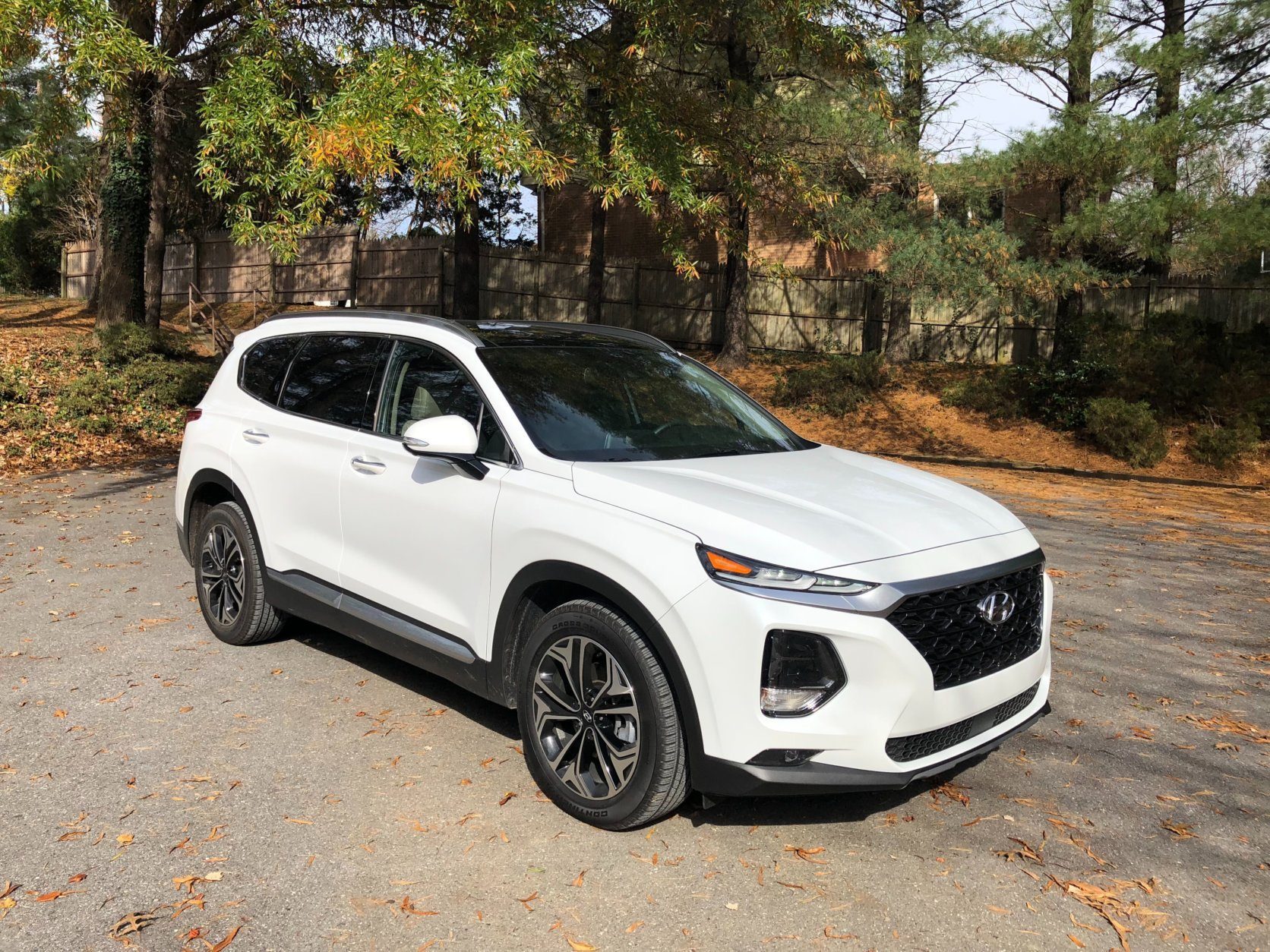
3. Hyundai 2.4L Theta II (NA) vs. 1.6T Gamma & 2.0T Theta Turbo
Hyundai’s 2.4-liter naturally aspirated Theta II engine was once the cornerstone of the company’s midsize and compact offerings. It was widely used in vehicles like the Sonata, Santa Fe, and Kia Optima. With decent power output and low production costs, the 2.4L made Hyundai’s growing model lineup accessible and competitive in terms of efficiency and base-level performance.
However, despite its practicality and wide application, this engine was also plagued by a host of reliability concerns that emerged over time, most notably catastrophic engine failures due to rod bearing wear and oil starvation.
Numerous recalls and class-action lawsuits eventually forced Hyundai and Kia to extend warranties and address manufacturing defects that led to engine seizures. The root causes included poor machining during engine assembly and insufficient oil flow to critical parts.
While not every 2.4L Theta II failed, the sheer volume of reported problems cast a long shadow over the engine’s reputation. It became synonymous with “budget corner-cutting” and cast serious doubt on Hyundai’s quality control during this period.
Even well-maintained examples weren’t guaranteed to last beyond 150,000 miles, a disappointing figure in today’s standards for family sedans. Enter Hyundai’s newer turbocharged engines—namely the 1.6L Gamma Turbo and the 2.0L Theta Turbo.
These engines offered immediate improvements in torque delivery, performance, and efficiency. While early versions had teething problems of their own, including some turbo lag and software quirks, they’ve been significantly improved over time.
The 1.6T has become a reliable workhorse in everything from the Elantra N Line to the Tucson, while the 2.0T is used in sportier trims of the Sonata, Genesis Coupe, and even the Kia Stinger.
Perhaps more importantly, these turbocharged engines are better aligned with modern driving demands. They provide low-end grunt that the naturally aspirated 2.4L lacked, especially in heavier SUVs.
While turbo engines often draw skepticism about long-term durability, Hyundai has invested heavily in improving build quality and component materials, particularly after the Theta II fiasco.
Owners now regularly report 150,000+ miles on the turbo variants with proper maintenance, equaling or surpassing the NA engines that came before them. In this case, the naturally aspirated engine not only fell short of its turbocharged counterparts in performance but also in reliability—a double blow that firmly shifts long-term value in favor of the newer turbo options.
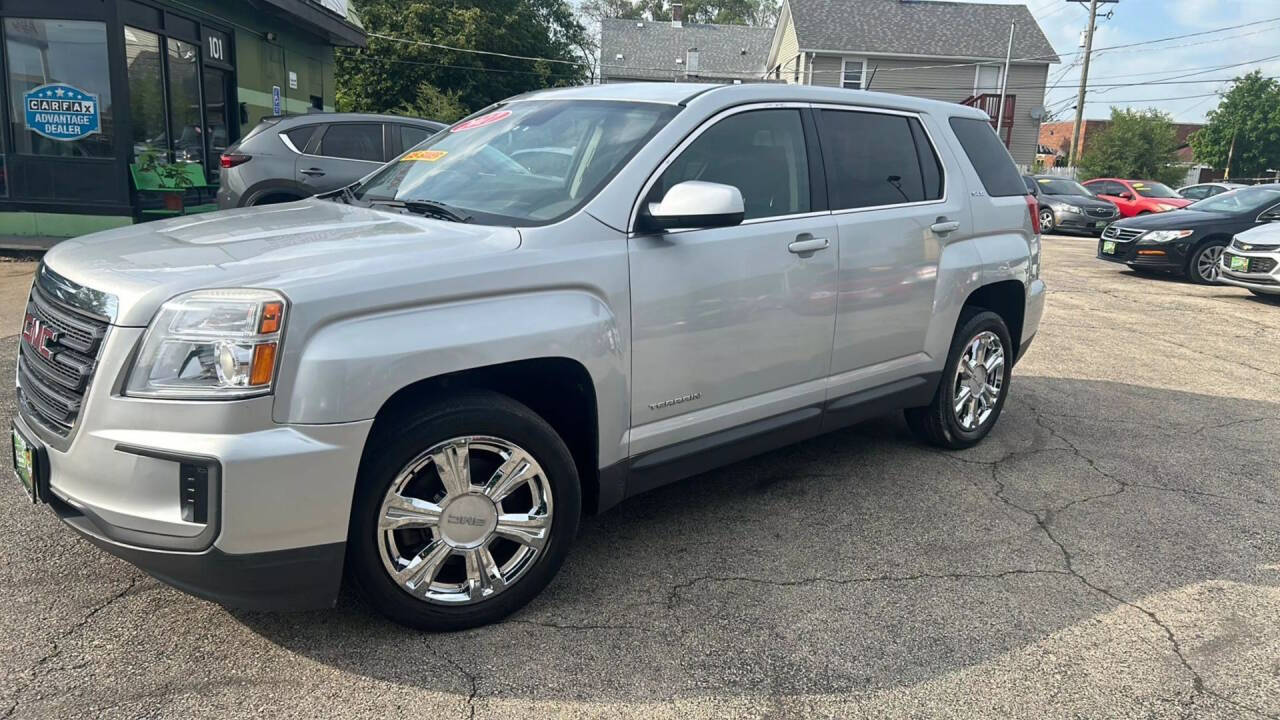
4. Chevrolet 2.4L Ecotec (LEA/LAT) vs. 2.0L Turbo Ecotec (LTG)
The 2.4-liter Ecotec engine, used extensively in GM’s lineup from the late 2000s through the mid-2010s, seemed like a solid entry-level option for sedans, crossovers, and even compact SUVs.
Found in vehicles such as the Chevrolet Equinox, Malibu, and GMC Terrain, this naturally aspirated four-cylinder featured direct injection and was intended to balance fuel efficiency with everyday performance. On paper, the 2.4L Ecotec made respectable horsepower for its class—typically around 180 to 190 hp—and was marketed as a fuel-conscious alternative to V6 engines.
However, this engine soon developed a problematic reputation. The direct injection system, while improving efficiency, introduced carbon buildup issues on intake valves.
Worse yet, the engine suffered from widespread oil consumption problems—sometimes as early as 60,000 miles—due to poor piston ring design and inadequate PCV (positive crankcase ventilation) function.
Many owners found themselves topping off oil between changes or dealing with complete engine replacements under warranty. Even with updated designs and service bulletins, the stigma stuck. For a naturally aspirated engine that lacked high performance, the maintenance burden felt unjustified.
In stark contrast, GM’s 2.0L turbocharged Ecotec LTG engine represented a significant step forward—not just in terms of power, but also in long-term design evolution.
Introduced in performance trims of the Cadillac ATS, Chevrolet Malibu, Camaro, and others, the LTG produced 250+ horsepower and 260+ lb-ft of torque, outclassing the naturally aspirated 2.4L in every meaningful way. Importantly, the LTG engine featured better ring design, more robust internals, and an advanced cooling system to support its higher output and boost levels.
While early LTG engines had some growing pains—such as timing chain stretch and minor turbo lag—these were less frequent and more easily managed than the chronic oil consumption issues plaguing the 2.4L.
And in terms of performance, there’s no comparison. The turbocharged 2.0L engine provided punchier throttle response, greater passing power, and a more engaging driving experience, especially in heavier sedans or crossovers.
For long-term ownership, the LTG turbo engine also shows better resilience when maintained properly. Reports of high-mileage examples—many surpassing 200,000 miles—demonstrate that the turbo engine, once feared for complexity, actually outlasts its simpler but flawed 2.4L predecessor. In this matchup, the turbo engine delivers more value, longevity, and real-world satisfaction than the fading naturally aspirated option it replaced.

5. Volkswagen 2.5L I5 (BGP/BPR) vs. 2.0 TSI (EA888 Gen 3)
Volkswagen’s 2.5-liter inline-five engine, used from the mid-2000s through the early 2010s in models like the Jetta, Passat, Golf, and Beetle, was a bit of an oddity in the compact car world.
With five cylinders and a naturally aspirated layout, it aimed to provide a balance of smoothness and low-end torque while keeping costs low. In practice, it was serviceable but uninspiring. Power delivery was linear but dull, fuel economy lagged behind the competition, and it was saddled with a coarse, droning engine note that lacked the refinement expected in Volkswagen products.
Mechanically, the 2.5L was relatively robust. Many owners reported hitting 200,000 miles with few major issues, particularly in later versions with improved timing chains and oil pump balancing shafts.
But it was also inefficient for its size, offered limited tuning potential, and felt outdated next to smaller, more advanced engines. As emissions standards and performance expectations rose, the 2.5L I5 quickly became an anchor that held VW back from competing effectively in the compact performance and efficiency categories.
Volkswagen eventually replaced the 2.5L with the 2.0-liter TSI turbocharged engine from the EA888 family. Starting in the mid-2010s, the Gen 3 version of this engine became the mainstay in everything from the Golf and Jetta to the Tiguan and Passat. And with good reason—the 2.0 TSI offered superior torque, better fuel economy, and a more responsive driving experience.
It featured direct injection, a twin-scroll turbocharger, and advanced ECU mapping that allowed it to deliver power smoothly across the rev range. Despite early reliability issues in Gen 1 and Gen 2 versions, the Gen 3 EA888 addressed many of the concerns, such as excessive carbon buildup and weak timing chain tensioners.
In everyday use, the 2.0 TSI is simply a better engine. It makes smaller, lighter cars feel quicker and more refined, while also delivering highway efficiency that the 2.5L could never achieve.
And with proper maintenance—oil changes at the correct intervals, intake cleaning, and quality fuel—it’s capable of lasting well beyond 150,000 miles. Even performance variants like the GTI and GLI have demonstrated excellent long-term durability when cared for.
In this case, the naturally aspirated 2.5L didn’t just fade due to poor performance—it faded because the 2.0 TSI outperformed it in every measurable way while also overcoming early reliability concerns. The turbocharged replacement didn’t just replace the five-cylinder—it made us forget it ever existed.
ALSO READ: 5 American Cars That Are Surprisingly Reliable and 5 That Should Be Avoided at All Costs
The debate between naturally aspirated and turbocharged gas engines is more than just a discussion of horsepower or fuel economy—it’s a reflection of how automotive engineering has evolved to balance performance, reliability, efficiency, and longevity.
As we’ve explored, some naturally aspirated engines have become legendary for their simplicity and resilience, often outlasting their turbocharged successors despite the latter’s technological edge.
On the other hand, there are plenty of examples where a well-executed turbocharged design surpasses the aging and often outdated naturally aspirated units it replaces, not just in performance metrics but in real-world ownership satisfaction and mechanical durability.
One of the key takeaways is that reliability and longevity don’t depend solely on whether an engine is turbocharged or not. Instead, it’s about how that engine is engineered, how much stress it’s under, and how well it’s supported by its cooling system, lubrication design, fuel delivery, and electronics.
For example, Toyota’s 1GR-FE and 2UZ-FE engines outlast their turbocharged counterparts not because turbocharging is inherently bad, but because those engines are overbuilt, run cooler, and have fewer components to fail.
Conversely, turbocharged units like BMW’s N55 and GM’s 2.0L LTG have demonstrated that forced induction, when executed thoughtfully and supported by strong materials and software, can outperform older naturally aspirated designs on multiple fronts.
Another aspect to consider is how driving habits, maintenance routines, and even climate play a role in how engines perform over time. A turbocharged engine might suffer if subjected to aggressive driving, poor maintenance, or cheap fuel, but the same could be said for a naturally aspirated one.
In truth, a poorly maintained engine of either kind is likely to fail prematurely, while one that’s cared for properly can last for hundreds of thousands of miles, regardless of how it makes power.
Then there’s the broader context of consumer expectations and emissions regulations. Turbocharged engines are often necessary today, not just to meet growing demands for torque and acceleration, but to satisfy strict environmental requirements.
Downsizing engines while turbocharging them has allowed automakers to keep vehicles compliant with emissions laws without giving up performance. This context partially explains why so many modern naturally aspirated engines feel sluggish or outdated in comparison, because they’re no longer being developed or refined at the same pace as turbocharged units.
Still, there’s an undeniable charm and value in a good naturally aspirated engine. Linear power delivery, predictable throttle response, and reduced complexity can all lead to a more enjoyable and less stressful ownership experience, especially for drivers who value longevity over peak performance.
Enthusiasts, too, often prefer naturally aspirated engines for their sound, feel, and straightforward design, which invites tinkering and long-term reliability in a world that’s becoming increasingly electronic and sealed off.
Yet, we must be honest about the limits of nostalgia. Many naturally aspirated engines that once held up well are now simply outgunned in a modern context.
The 2.5L five-cylinder from Volkswagen, Ford’s Duratec four-cylinder, and Hyundai’s problematic 2.4L Theta are good examples—while they may have served their purpose, they’ve been thoroughly eclipsed by more powerful, more efficient, and, frankly, more durable turbocharged successors.
The technology behind forced induction has matured, and as it does, the reliability gap continues to shrink or even reverse. So what’s the verdict? It depends. There are engines on both sides of the naturally aspirated vs. turbocharged spectrum that defy expectations, either by vastly outlasting what logic might predict or by failing where simplicity once promised reliability.
Choosing the right engine for your needs isn’t just about picking NA or turbo—it’s about looking at the specific design, its track record, and how you intend to use the vehicle.
For the long-term buyer who prioritizes peace of mind and mechanical simplicity, a solid NA engine like Toyota’s 1GR-FE or Honda’s K24 is still hard to beat.
But for those who want modern efficiency, quick acceleration, and are willing to invest in proper maintenance, today’s turbocharged engines like the BMW N55 or VW’s EA888 Gen 3 prove that forced induction isn’t the enemy—it might just be the evolution that keeps driving fun, relevant, and sustainable in an increasingly regulated automotive world.
In the end, neither naturally aspirated nor turbocharged engines hold the monopoly on excellence. It’s the application, the execution, and the care with which they’re built—and maintained—that truly determine which ones fade and which ones endure.

